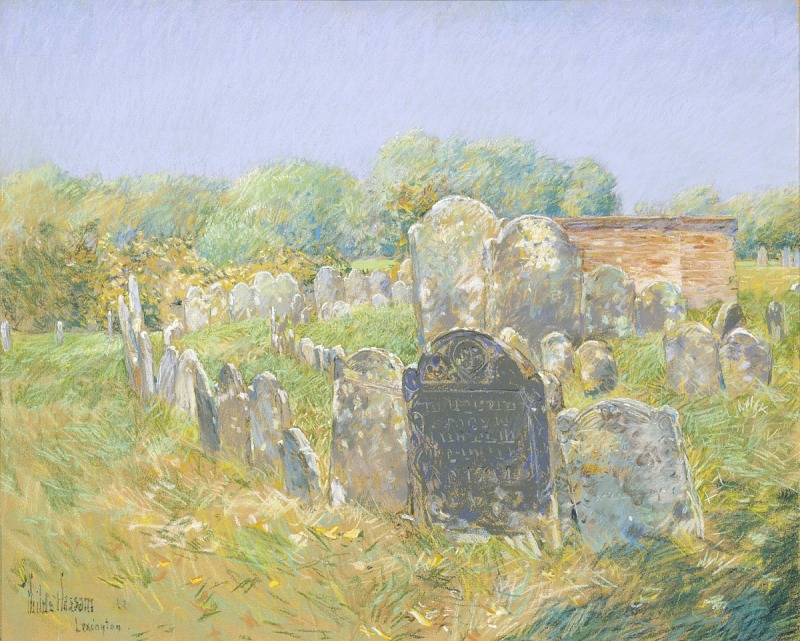Bury Me in a Free Land
By Frances Ellen Watkins
Annotations by celia Hawley/JB

Art Museum and its Renwick Gallery, Washington, D.C.
You may make my grave wherever you will, In a lowly vale or a lofty hill; You may make it among the earth's humblest graves, But not in a land where men are slaves. I could not sleep if around my grave I hear the steps of a trembling slave; His shadow above my silent tomb Would make it a place of fearful gloom. I could not rest if I heard the tread Of a coffle gang to the shambles led, And the mother's shriek of wild despair Rise like a curse on the trembling air. I could not rest if I heard the lash Drinking her blood at each fearful gash, And I saw her babes torn from her breast Like trembling doves from their parent nest.

I'd shudder and start if I heard the bay
Of the bloodhounds seizing their human prey;
If I heard the captive plead in vain
As they tightened afresh his galling chain.
If I saw young girls, from their mothers' arms
Bartered and sold for their youthful charms
My eye would flash with a mournful flame,
My death-paled cheek grow red with shame.
I would sleep, dear friends, where bloated might
Can rob no man of his dearest right;
My rest shall be calm in any grave.
Where none calls his brother a slave.
I ask no monument proud and high
To arrest the gaze of passers by;
All that my spirit yearning craves,
Is—bury me not in the land of slaves.—

paper, c. 1840-1870, Cooper Hewitt, Smithsonian Design Museum, New York, NY.
Watkins, Frances Ellen. “Bury me in a free land.” The Anti-Slavery Bugle 14, no. 13 (November 1858): 3.
Contexts
The burial of slaves and formerly enslaved people is another area of large-scale erasure and invisibility and is a concern for historians, researchers, and descendants. There are efforts in many locations to restore cemeteries and burial places, in Mount Vernon, near Clemson University, and Rhode Island, to mention just a few.
The Guardian’s poem of the week article from February 2017 breaks down the poem and touches on Harper’s background. The Archives of Maryland has a more extensive biography and additional resources.
Definitions from Oxford English Dictionary:
coffle: A train of people or animals fastened together; spec. a gang of slaves chained and driven along together.
shambles: 2. In Old English, a table or counter for exposing goods for sale, counting money, etc. A table or stall for the sale of meat. 3. A place where meat is sold, a flesh- or meat-market. 4. The place where animals are killed for meat; a slaughterhouse. 5. A place of carnage or wholesale slaughter; a scene of blood. In more general use, a scene of disorder or devastation; a ruin; a mess.
Resources for Further Study
- A biography of Harper from a House Divided: The Civil War Research Engine at Dickinson College
- The text of Harper’s 1893 speech in Chicago before The World’s Congress of Representative Women, titled “Women’s Political Future.”
- Smithsonian American Art Museum‘s biography of Child Hassam with related book resources
Contemporary Connections
An excerpt from Harper’s poem is inscribed on a wall of the Contemplative Court, a space for reflection in the Smithsonian’s National Museum of African American History and Culture in Washington, D.C. The excerpt reads: “I ask no monument, proud and high to arrest the gaze of the passers-by; all that my yearning spirit craves is bury me not in a land of slaves.”